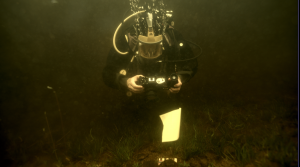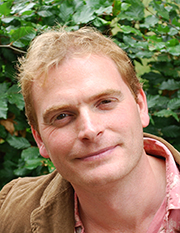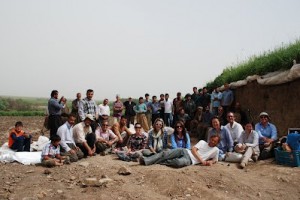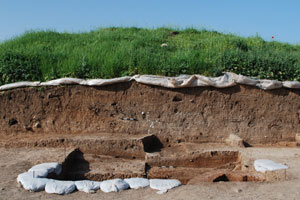Over the summer, Dr Duncan Garrow spent two weeks carrying out underwater and boat-based survey work on the Isle of Lewis in the Outer Hebrides, in conjunction with his long-term collaborator Dr Fraser Sturt (Southampton) and team. They were investigating potentially the most important new Neolithic sites found in Britain for many years.
‘Crannogs’ – artificial island settlements constructed in lochs – are a numerous, geographically widespread and intriguing category of archaeological site. Unusually, this one site type was constructed in many different periods of Scotland’s prehistoric and historic past. Most scholars generally consider them to have been built, used and re-used from the Late Bronze Age (c. 1000 BC) to the medieval period (c. AD 1500).
Hugely significantly, our survey of three sites on the Isle of Lewis confirmed that the origins of some of these sites in fact lie 3000 years earlier than previously thought, in the Neolithic (c. 3700 BC). Over 400 crannog sites are recorded in Scotland, and many more no doubt lie undetected. The Outer Hebrides represent a particular hotspot in their distribution, with 150 potential sites identified across the island chain. Mostly unexcavated, it now seems possible that many of these are also in fact Neolithic.
This project was only possible due to the curiosity of a local diver and keen archaeologist Chris Murray. Chris noted that a number of small islets in the lochs of Lewis appeared to have causeways going out to them, and to be a very regular shape. To find out more, he took his diving equipment and began to examine the bottom of the loch. The finds he made included a range of spectacular pottery, much of it dating to the Neolithic. He brought these finds to the attention of the archaeological community, with specialists in the museum in Lewis and at the National Museum of Scotland recognising their rare and important nature. It was this point that our joint project was born – we applied for and gained funding from the Honor Frost Foundation.
The newly discovered Lewis sites are extremely impressive – our underwater geophysical survey demonstrated that they are massive piles of rock (c. 15m across and up to 6m high) constructed within what would have been lochs in the Neolithic. Their monumental scale is comparable with local stone-built passage tombs of the same date. Our diver surveys identified worked timbers indicating that the mound structures were revetted; stone causeways out to two of them were also observed. Substantial quantities of pottery and quartz have been found on the loch beds around them. The preservation of ceramics – some vessels complete, many largely intact – is perhaps unique within the British Neolithic.
Since our work in 2016 was non-intrusive survey work rather than excavation, many unanswered questions remain:
– Were these Neolithic crannogs settlements (like their later equivalents) or a new kind of (ritual?) site?
– Does any settlement architecture survive? What buildings and/or other features can be detected?
– What practices were carried out on the islets and how do these relate to the substantial quantities of material recovered from the loch beds nearby?
If these Neolithic artificial islands were settlements, they transform our understanding of social relations at that time – what drove people to isolate themselves from the rest of the community in such a dramatic way shortly after the region was first settled on a substantial scale? Alternatively, if they are specialised, occasional-use sites, what purpose did they fulfil and what roles did they play alongside other monuments? Could they have been meeting/feasting places or venues for other ritual practice, perhaps even including burial?
We have applied for further funding in order to undertake small-scale trial excavations on the two most promising sites next summer (2017). Watch this space for further information as more is revealed about these new, exciting discoveries.
If you’d like to find out more about our 2016 survey, it is due to feature on the BBC4 programme ‘Digging for Britain’ to be shown some time this winter (possibly early December last time we were told…).








